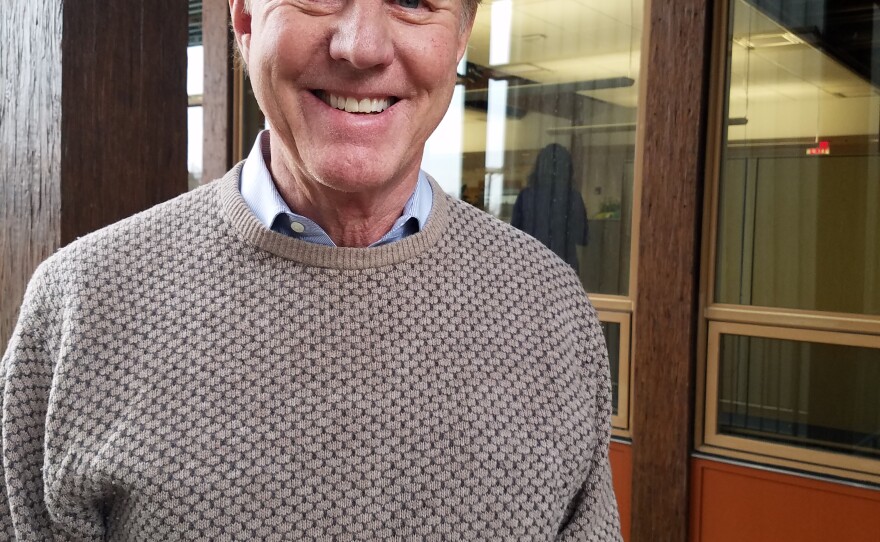It was 36 years ago this week that the leaders of Maryland, Pennsylvania, Virginia and the District of Columbia signed the first agreement to clean up the Chesapeake Bay. And that was 14 years after the Chesapeake Bay Foundation had launched its clean-up campaign.
And the best that can be said after all those years is progress has been mixed.
“There are some good signs of water quality improvement, but we still have 50 percent of the bay’s waters that don’t meet basic clean water act standards,” says Gerald Winegrad, a former state senator from Annapolis who was in office when the first bay agreement was signed.
“In other words, they’re polluted.”
To be sure, there has been progress in Bay clean-up efforts, but it hasn’t come in a straight line.
According to a 2019 Chesapeake Bay Foundation report, the grass beds that help clean the water have increased, as have blue crab populations. And Maryland and Virginia have launched large-scale efforts to restore oysters, a keystone species, to the bay.
But the massive rainfall of 2018, at least partially caused by climate change, sent large quantities of pollutants roaring down the Susquehanna River into the bay.
Will Baker, the Bay Foundation’s executive director, dismisses President Trump’s attempts to diminish the threat of climate change as a bid to undermine support for federal regulation.
“A lot of people say isn’t this depressing, all the bad news,” he says. “And I say, at least for me it’s not depressing. It’s just something you have to deal with. “
Baker, who signed on with the bay foundation as an intern fresh out of college in 1976, says, there’s a kind of an emotional kick in the work he does.
“I loved working on this issue, too, because it’s big enough to be important but small enough to think you can get something done in your life time.”
Virginia Clagett, a longtime legislator from Anne Arundel County, says it’s not just about water, but land use as well.
When she was a member of the Anne Arundel County Council in 1981 she sponsored legislation to limit development in rural parts of the county to one house per 20 acres. Her goal, she says, was to preserve farmland, but the bill drew stiff opposition from, of all people, farmers.
“I had farmers on their tractors circling the Arundel Center against my bill, against me,” she recalls.
And even though some bay advocates opposed the legislation, she says it was “the beginning of thinking environmentally about land use.”
“You can’t save the Bay waters if you don’t save the land around it,” she says.
That concept was formally adopted in 1984 when Governor Harry Hughes won approval of the Critical Areas program, under which state and local governments oversee shoreline development in the bay watershed.
Perhaps the most important date for the Bay clean-up came in the signing of that first agreement in December 1983.
Among the key witnesses for progress, or lack of it, since then is John Page Williams, who for 46 years ran an outdoor education program for the Chesapeake Bay Foundation.
He spent much of his time on the Severn River and says he “saw it decline in the seventies and eighties.”
“It hit rock bottom in the mid-eighties, and it started back,” he says. “It’s like a miracle.”
While Williams acknowledged the challenge of developing counter measures in the face of climate change, he also talked about what still needs to be done.
“From what I understand the farm community has accomplished half of what we need them to do” he says. “And that’s the great news. The bad news is we need the other half done.”










